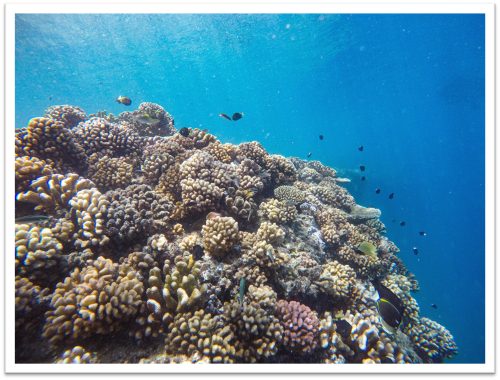The coastal community of Tautira in French Polynesia faces the dual challenge of conserving its costal ecosystems while supporting the livelihoods of its residents, many of whom rely on fishing.
In 2018, after a significant depletion of fish stocks, the community implemented rahui, a concept integral to Polynesian culture and tradition. Rahui involves the temporary restriction of resource collection in designated areas to allow natural replenishment.¹

The implementation of rahui resulted in a closed section of the island’s reefs, where fishing is regulated through community-led initiatives. To ensure a successful rahui, the community must devote a significant amount of time and resources to planning, research, and inclusion of input from members of the community.¹
The Project

Our Role
Nature Analytics worked with the Rahui Center to support the evaluation of management options through data collection, modelling exercises, and thoughtful science communication. We identified critical knowledge gaps in current management practices and fishery ecology and proposed various research options for the community to enhance fishery management. Specific sampling methods tailored to Tautira’s unique needs were designed and surveys were conducted in collaboration with the Rahui Center & Forum and UC Santa Barbara researchers.

Quantitative modeling was used to evaluate multiple fisheries management options and their anticipated effects on local fish populations and catch rates. Our team shared findings with the management committee, enabling them to integrate the best available scientific data with their traditional knowledge for informed decision-making that benefits the community.
Collaborators
P. Moore, A. Soszynski, B. Harford
References
- Hakai, T. T. (2023, November 7). How an ancient practice aids marine conservation. Smithsonian Magazine. https://www.smithsonianmag.com/science-nature/rahui-and-the-art-of-marine-conservation-180983179/
- Tahiti peninsula | Rāhui Center. (2024). https://rahuicenter.pf/en/our-projects/tahiti-peninsula/
